TEHRAN, Iran — Iran’s Revolutionary Guard shot down a U.S. surveillance drone Thursday in the Strait of Hormuz, marking the first time the Islamic Republic directly attacked the American military amid tensions over Tehran’s unraveling nuclear deal with world powers.
The two countries disputed the circumstances leading up to an Iranian surface-to-air missile bringing down the U.S. Navy RQ-4A Global Hawk, an unmanned aircraft with a wingspan larger than a Boeing 737 jetliner and costing over $100 million.
Iran said the drone "violated" its territorial airspace, while the U.S. called the missile fire "an unprovoked attack" in international airspace over the narrow mouth of the Persian Gulf and President Donald Trump tweeted that "Iran made a very big mistake!"
Trump later appeared to play down the incident, telling reporters in the Oval Office that he had a feeling that "a general or somebody" being "loose and stupid" made a mistake in shooting down the drone.
The incident immediately heightened the crisis already gripping the wider region, which is rooted in Trump withdrawing the U.S. a year ago from Iran’s 2015 nuclear deal and imposing crippling new sanctions on Tehran. Recently, Iran quadrupled its production of low-enriched uranium to be on pace to break one of the deal’s terms by next week while threatening to raise enrichment closer to weapons-grade levels on July 7 if Europe doesn’t offer it a new deal.
Citing unspecified Iranian threats, the U.S. has sent an aircraft carrier to the Middle East and deployed additional troops alongside the tens of thousands already there. All this has raised fears that a miscalculation or further rise in tensions could push the U.S. and Iran into an open conflict 40 years after Tehran’s Islamic Revolution.
“We do not have any intention for war with any country, but we are fully ready for war,” Revolutionary Guard commander Gen. Hossein Salami said in a televised address.
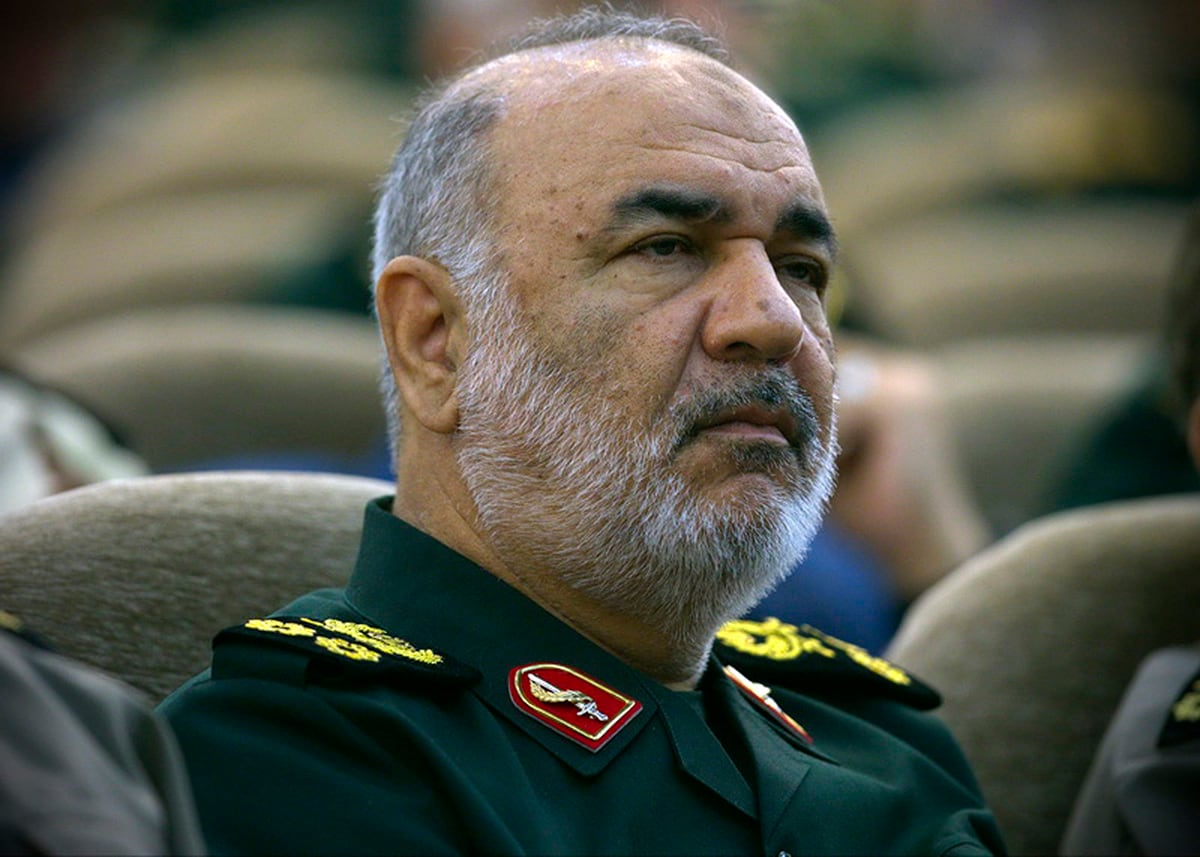
The paramilitary Guard, which answers only to Supreme Leader Ayatollah Ali Khamenei, said it shot down the drone at 4:05 a.m. Thursday when it entered Iranian airspace near the Kouhmobarak district in southern Iran’s Hormozgan province. Kouhmobarak is about 1,200 kilometers (750 miles) southeast of Tehran.
The drone took off from the southern Persian Gulf and collected data from Iranian territory, including the southern port of Chahbahar near Iran's border with Pakistan, the Guard said in comments that appeared aimed at showing it could track the aircraft.
The U.S. military has not commented on the mission of the remotely piloted aircraft that can fly higher than 10 miles in altitude and stay in the air for over 24 hours at a time.
RELATED
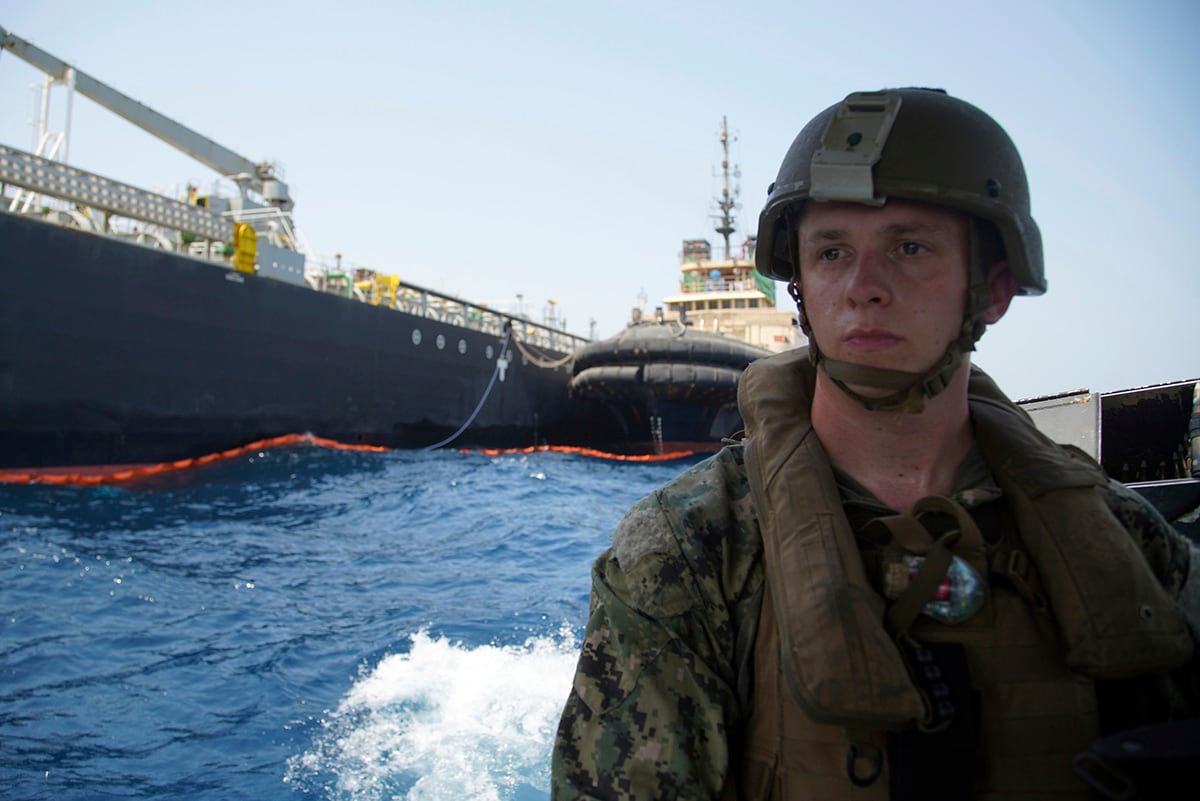
Iran used its air defense system known as Third of Khordad to shoot down the drone — a truck-based missile system that can fire up to 18 miles (30 kilometers) into the sky, the semi-official Fars news agency reported.
Thursday afternoon, the IRGC released purporting to be the moment of impact on the drone, according to Press TV, Iran’s television network.
Typically, militaries worldwide call out to errant aircraft entering their airspace before firing. It's unclear whether Iran gave any warning to the U.S. drone before opening fire. The U.S. military says Iran fired on and missed another drone last week near the Strait of Hormuz, the narrow mouth of the Persian Gulf through which 20% of all global oil moves.
The U.S. has been worried about international shipping through the strategic waterway since tankers were damaged in May and June in what Washington has blamed on limpet mines from Iran, although Tehran denies any involvement.. On Wednesday in the UAE, the U.S. Navy showed fragments of mines that it said bore “a striking resemblance” to those seen in Iran
The RQ-4 Global Hawk was at least 34 kilometers from Iranian territory when it was shot down by an Iranian surface-to-air missile, said Air Force Lt. Gen. Joseph Guastella, commander of the U.S. Central Command.
RELATED
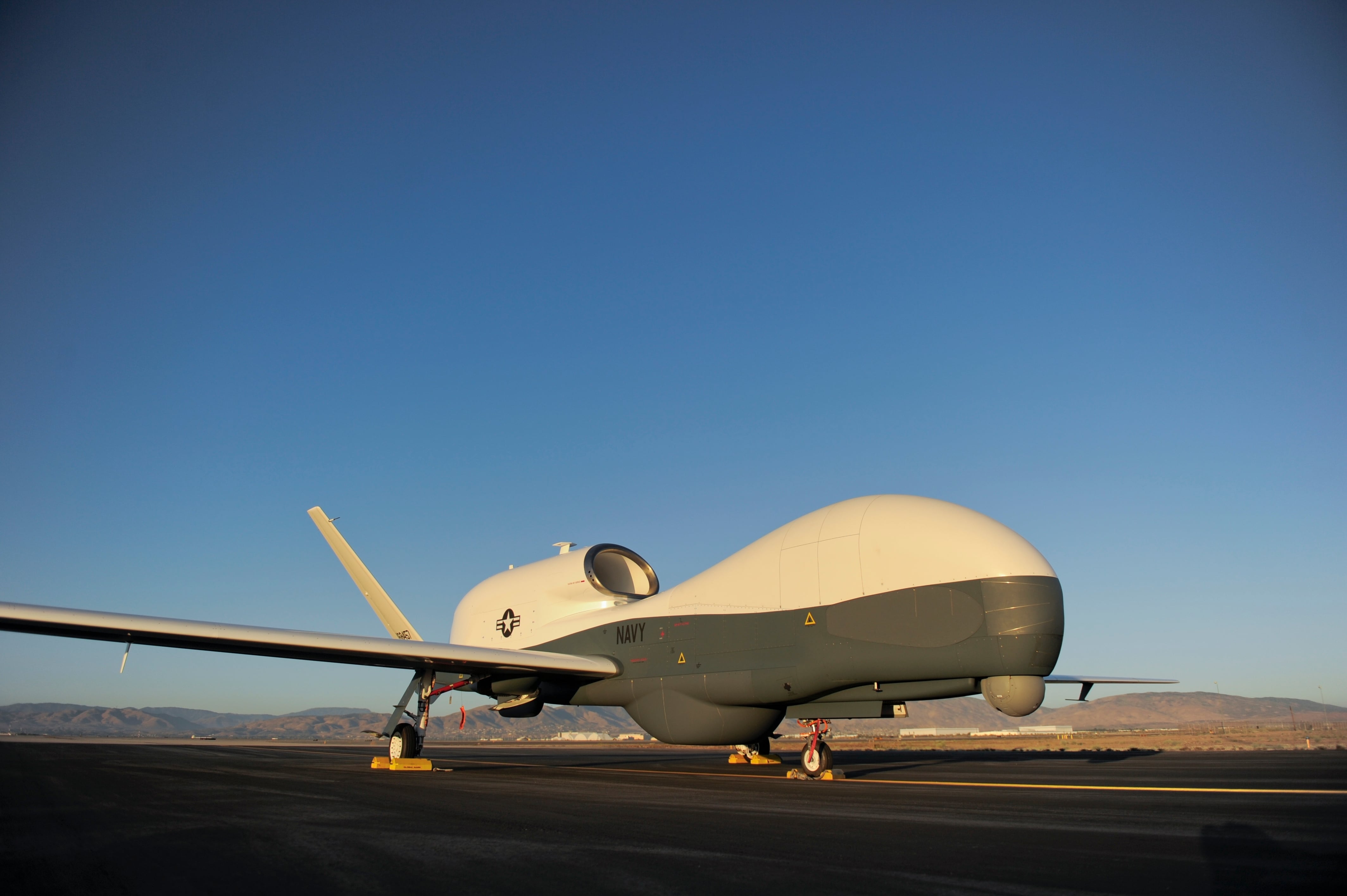
He said it was an attempt to disrupt U.S. efforts to monitor the Persian Gulf region.
But Salami, speaking to a crowd in the western city of Sanandaj, described the American drone as "violating our national security border."
"Borders are our red line," the Revolutionary Guard general said. "Any enemy that violates the borders will be annihilated."
Iran's Foreign Ministry also said the drone entered Iranian territory, and Foreign Minister Mohammad Javad Zarif tweeted that it would take its case to the United Nations.
Russian President Vladimir Putin urged caution, warning any war between Iran and the U.S. would be a "catastrophe for the region as a minimum."
RELATED
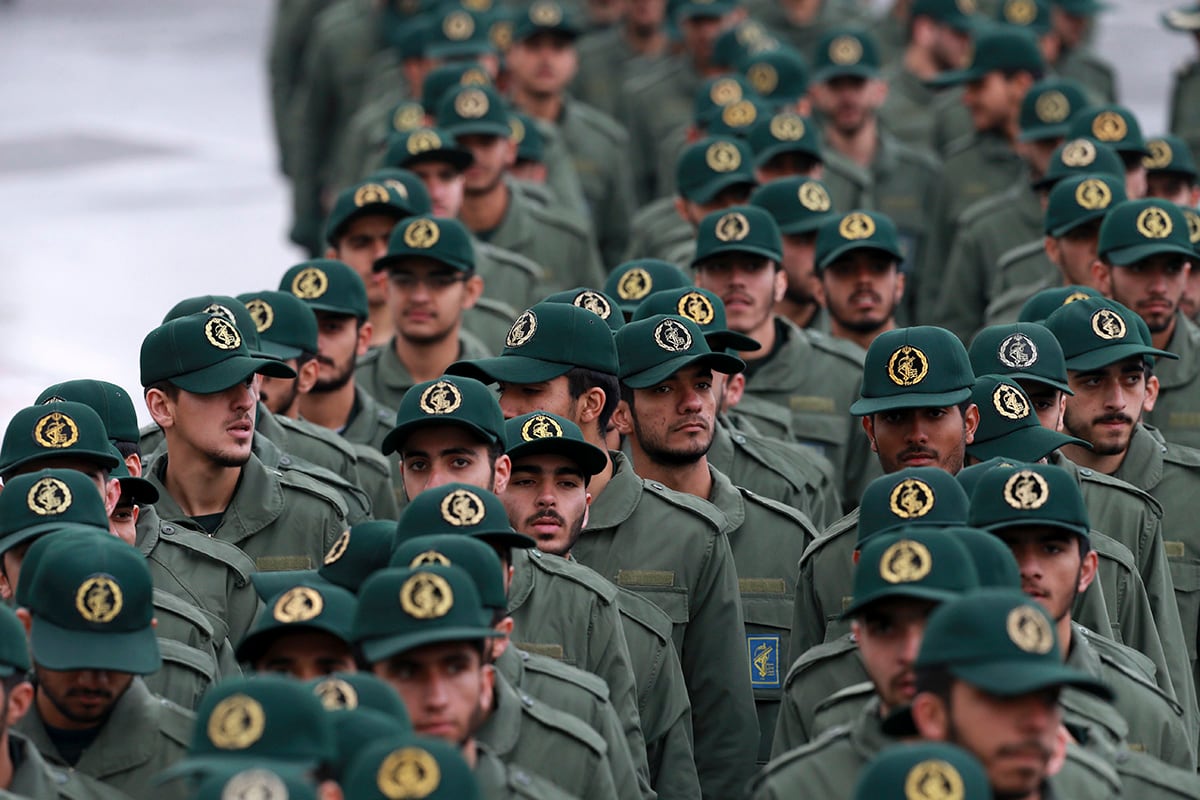
Israeli Prime Minister Benjamin Netanyahu appealed to "all peace-loving countries" to support U.S. efforts to halt what he called escalating Iranian provocations.
"In the last 24 hours, Iran has intensified its aggression against the United States and against all of us," he said, adding that "Israel stands by the United States and its military."
America stations some RQ-4 Global Hawks at the Al-Dhafra Air Base in the United Arab Emirates, near the capital, Abu Dhabi. Associated Press journalists saw the drones on the base's tarmac during a March 2016 visit by then-Vice President Joe Biden. The U.S. military occasionally publishes images from there of the drones, which have a distinguishable hump-shaped front and an engine atop.
Iran has claimed to have shot down U.S. drones before. In the most famous incident, in December 2011, Iran seized an RQ-170 Sentinel flown by the CIA to monitor Iranian nuclear sites after it entered Iranian airspace from neighboring Afghanistan. The Iranians later reverse-engineered the drone to create their own variants.
RELATED
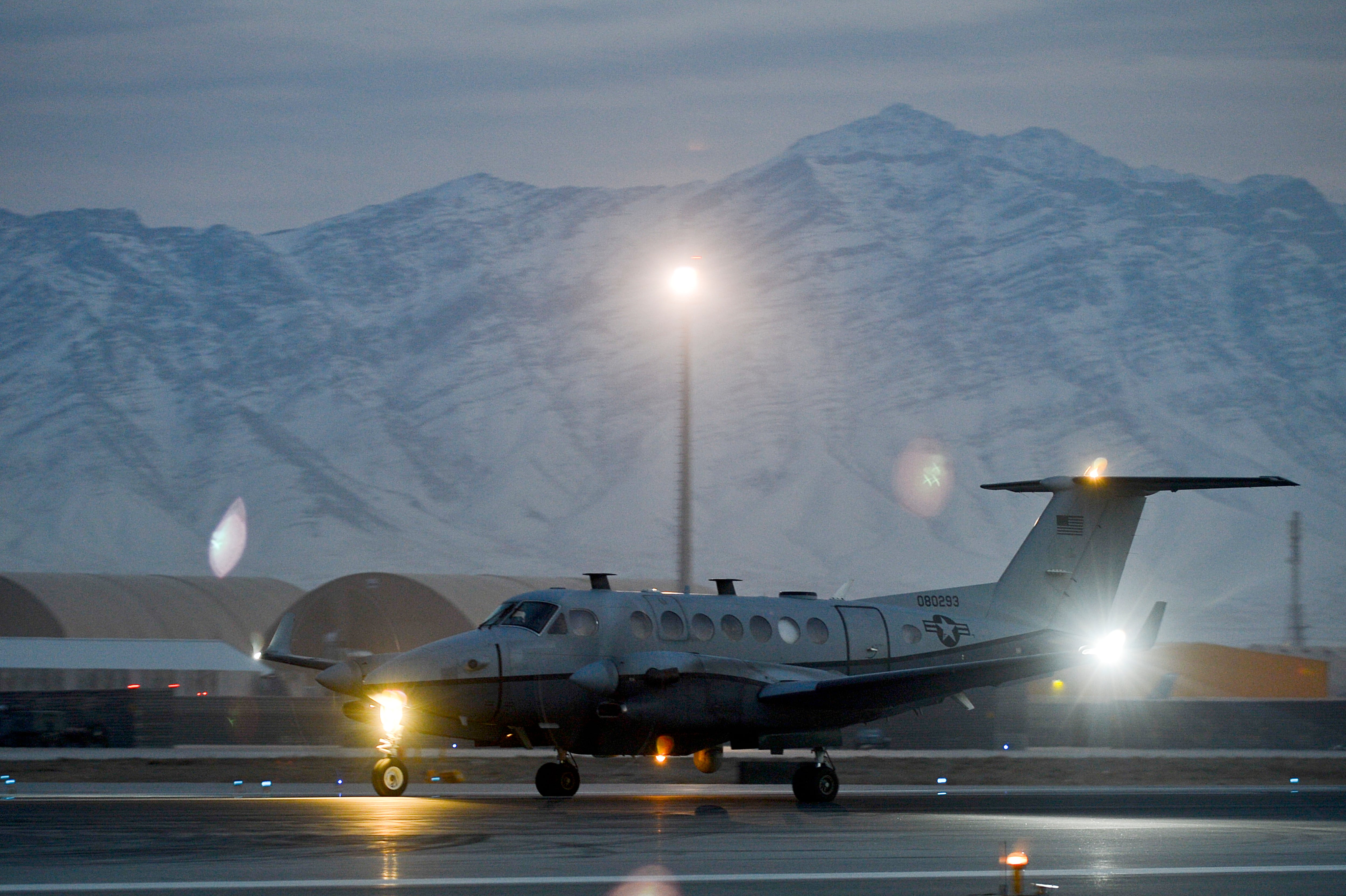
Elsewhere in the region on Thursday, Saudi Arabia said Yemen's Iranian-backed Houthi rebels fired a rocket at a desalination plant in al-Shuqaiq, a city in the kingdom's Jizan province. The state-run Saudi Press Agency quoted military spokesman Col. Turki al-Maliki as saying it caused no damage or casualties. The Yemeni rebel Al-Masirah satellite news channel earlier said the Houthis targeted a power plant in Jizan, near the kingdom's border with Yemen, with a cruise missile.
White House spokeswoman Sarah Sanders said Trump had been "briefed on the reports of a missile strike in the kingdom of Saudi Arabia" and other regional issues Wednesday and Thursday.
A coalition led by Saudi Arabia, a key U.S. ally, has been battling the Houthis since March 2015 in Yemen, the Arab world's poorest nation now pushed to the brink of famine by the conflict. In recent weeks, the Houthis have launched a new campaign sending missiles and bomb-laden drones into Saudi Arabia.
Gambrell reported from Dubai, United Arab Emirates. Associated Press writer Deb Riechmann in Washington contributed.




